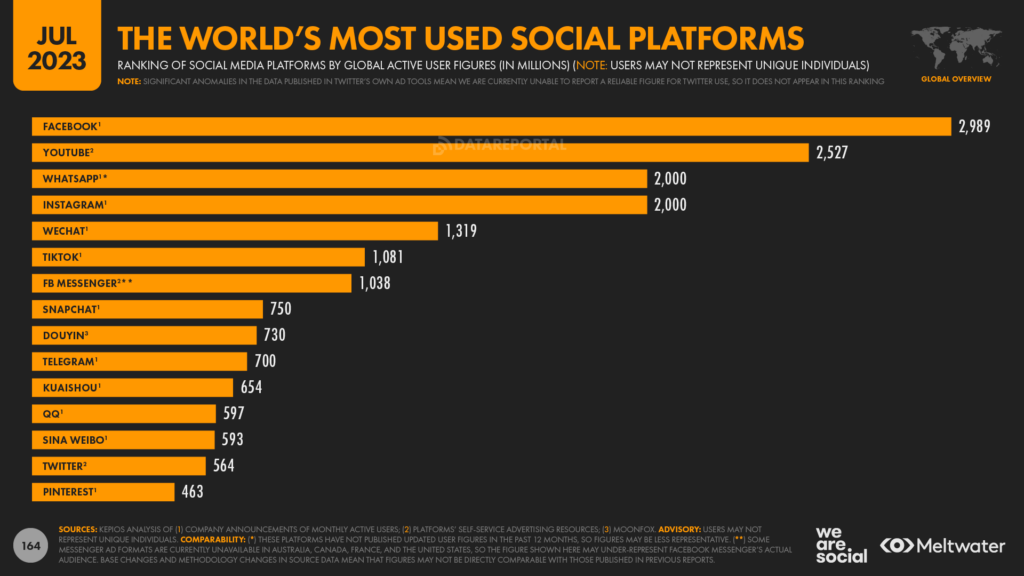As The Times progressed, statistics and social media became increasingly intertwined. In this process, the challenge for statisticians and professionals is to ensure that the content of research and communication takes full account of diversity and inclusion. This article will explore how social media can be used to ensure diversity and inclusion in the context of the statistics profession.
Diversity and inclusion in statistics
Traditionally, statistics has tended to focus on data and patterns for the “masses,” while easily ignoring marginalized or minority groups. But today, with globalization and multiculturalism, statisticians are increasingly recognizing that every data point has a unique story and experience behind it.
This shift requires statisticians to not only focus on the overall trend of the data but also to drill down into the specific data of each group and each community to ensure that they are not being ignored or misinterpreted.

Social media’s role
Social media provides a valuable source of data for statisticians. This data can help us understand the perspectives, needs, and challenges of different populations to better develop strategies and approaches.
However, just getting the data is not enough. Statisticians also need to learn how to properly disseminate their findings on social media to ensure that information is inclusive and diverse. This means not only publishing data but also interpreting it to ensure that the public can understand and benefit from it.
Establish inclusive dissemination of information
Ensuring that the research team has members from diverse backgrounds can help the team better understand and analyze the data. And regularly interact with different communities to understand their needs and challenges, as well as their cultures, to ensure that the research content is relevant to reality. When Posting on social media, make sure to use plain language and avoid jargon or graphics that can be misleading.
conclusion
The combination of statistics and social media provides us with a valuable opportunity to better understand and advance diversity and inclusion. But it also requires statisticians to continuously reflect and work hard at every step of data acquisition, analysis, and dissemination, ensuring that our work is both professional and inclusive.
Leave a Reply